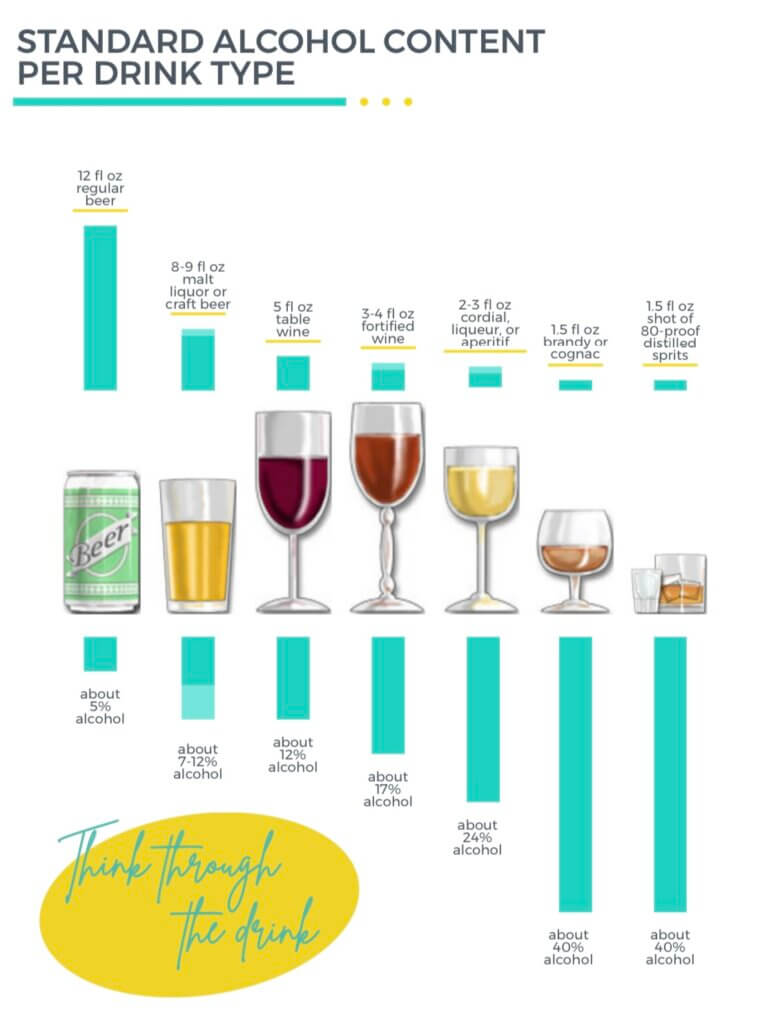We live in a world that’s often perceived in stark contrasts, but reality, as we know, is woven with multiple shades of gray. One such gray area that invites our attention and introspection is that of our drinking habits. It impacts countless individuals across the globe, often quietly, and is known as Gray Area Drinking.
The traditional societal viewpoint has long categorized drinking habits in a rigid dichotomy: one is either an alcoholic or they are not. This perspective, however, is flawed and incomplete. Evidence suggests that about half of those who consume alcohol find themselves navigating through this nebulous gray area.
Rock Bottoms & Gray Area Drinking
The gray area drinker often evades the destructive “rock bottom” or a life-altering crisis typically associated with extreme alcohol abuse. Their external life can appear quite normal and stable, yet internally, they may grapple with feelings of guilt, shame, and embarrassment tied to their drinking habits.
For instance, gray area drinkers might indulge in several glasses of wine daily or engage in binge drinking over weekends. They may demonstrate periods of abstinence, attempting to convince themselves and others that they’re “normal drinkers,” but these sober stretches often prove temporary. Infrequent binge drinking could also be a characteristic of a gray area drinker.
Binge Drinking: A Closer Look
The term ‘binge drinker’ often conjures up images of college students participating in fraternity or sorority parties, guzzling beer without restraint. However, binge drinking isn’t limited to college campuses. It extends to professionals, stay-at-home parents, and individuals from all walks of life.
By definition, binge drinking involves consuming over 4 drinks for women, and over 5 drinks for men, in under two hours. An astonishing one in four adults engages in binge drinking regularly. If such episodes occur five or more days within a month, it results in heavy alcohol consumption, accelerating towards severe alcohol abuse disorder.
The Drinking Spectrum: Identifying the Four Types of Drinkers
The spectrum of alcohol consumption can be broadly divided into four categories:
1. The Non-Drinker: Abstains or refrains completely from alcohol.
2. The Social Drinker: Enjoys an occasional drink without the desire for regular consumption. A couple of drinks from time to time satiate their need.
3. The Gray Area Drinker: This diverse category bridges the gap between social drinking and severe alcohol abuse.
4. The Severe Abuser: A person with a physical and psychological dependence on alcohol.
No Amount of Alcohol is Healthy – So What is Moderate Drinking?
According to The National Institute on Alcohol Abuse and Alcoholism, it is stated that a moderate drinker is a woman that consumes on average one or less standard drinks per day. For men, it’s two or less drinkers per day. This means that a woman drinking 8 glasses of wine consisting of 5 ounces per class in one week’s time is abusing alcohol. See photo below:

Conclusion
Gray area drinkers often struggle to resist the temptation of that second or third drink. They tend to drink more frequently than they initially intend, triggering a cascade of guilt, self-criticism, and embarrassment. It’s a continuous internal battle to maintain a facade of normalcy while potentially feeling like an imposter, or as if they are pretending to have everything under control.
Gray area drinking is a CHOICE.
If this resonates with you, know that you’re not alone. About half of all drinkers find themselves in this gray area, and are beginning to question their relationship with alcohol.
For gray area drinkers, drinking is indeed a choice, a choice that lies in a space filled with intuitive whispers and inner voices. It’s a space that calls for self-awareness, self-questioning, and a conscious decision.
Ready to learn more and take action? Schedule a zero-pressure Discovery Call with Kari today.


